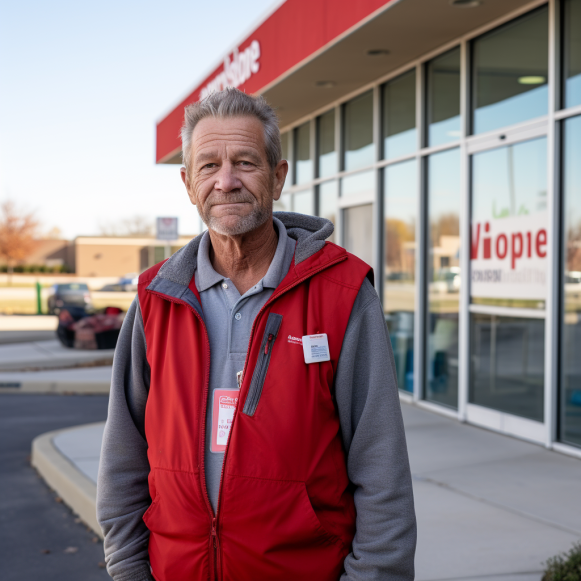A woman did ‘rejection therapy’ for 30 days to help with her confidence. Therapists say it can really work.

Michelle Panning, who tried “rejection therapy” for 30 days.
Starting from childhood, Michelle Panning remembers being afraid of rejection.
“It’s that bubbling feeling inside that’s like, ‘Just open your mouth and ask,'” Panning, 35, told B-17. She would always stop herself from asking for things, worried about what would happen if the person said no.
One day, Panning came across Jia Jiang, an entrepreneur and blogger who tried “rejection therapy” for 100 days, pushing himself to make requests like asking for $100 from a stranger. Jiang slowly desensitized himself from the shame and fear he felt around rejection.
It inspired Panning to try it herself, documenting a 30-day rejection therapy challenge on her TikTok channel. Panning’s series resonated with viewers, racking up millions of views.
Rachel Goldberg, a licensed marriage and family therapist, said Gen Zers, in particular, can struggle with rejection, especially after the pandemic. “So many people have stopped putting themselves out there,” she told B-17.
Technology also has made it easier to self-isolate and avoid facing discomfort or conflict. For instance, she said some of her teen clients avoid answering the phone because they find it too daunting to navigate a conversation, preferring to text her about rescheduling appointments.
Over time, this has consequences. “A primary predictor of success is one’s ability to tolerate failure,” Lauren Farina, a licensed clinical social worker, told B-17. Brushing off rejection is a key part of that.
While “rejection therapy” isn’t a research-backed form of therapy (it was originally coined as the name of a card game by developer Jason Comely), both Goldberg and Farina said that gradual exposure to rejection can help build confidence.
Rejection therapy gently exposes you to your worst fears
Rejection therapy falls under the umbrella of exposure therapy, a common treatment for conditions like OCD, anxiety, and PTSD.
“The ultimate goal is to reduce the intensity of your fear response and promote confidence,” Goldberg said. It can give you the benefit of practicing on your own time, in a way that feels safer because you have more control.
Panning made a list of challenges she wouldn’t be uncomfortable doing if she got a yes, like feeding a crocodile at the zoo. She went through the list in a random order, picking a new challenge every day.
“If my heart would start racing, I’d go, ‘Yep, that’s the one. We’re doing it now,” she said.
The yesses she got led to some memorable experiences, like standing in a store as a live mannequin.
Over time, she got used to the experience of asking.
“It would just become another thing on my task list,” she said. “I wasn’t scared of it anymore.”
How you carry yourself matters
Asking a stranger for a hug was the toughest item on Panning’s list, particularly because it was vulnerable. She said that her fear showed up in her body language.
“My energy was giving off ‘I don’t want this hug,'” she said.
She remembers pacing the aisles until she found an approachable woman and then dashing out of the store when she got a rejection.
The way she carried herself made a huge difference in how people responded to her. When she smiled, stood straight, and had high energy, people were more receptive and friendly, even if they said no. The key was acting like she believed she had a right to ask and that no matter the response, she’d be OK with herself.
Start small
If you want to try your own version of rejection therapy, start small and cater it to whatever feels like a stretch, Goldberg said. Jumping into big requests can be discouraging if you get a harsh reaction.
To start, Farina recommends writing a list of tasks that feel intimidating and ranking them. Begin with the least threatening one and slowly work your way up.
For example, you can ask a new coworker to get coffee or text a friend about a concert you want to go to. “Try it a few times a week and then process the experience,” Goldberg said, by journaling your reaction or talking about it with a friend you trust.
Farina and Goldberg said it’s important to stay consistent and practice making requests regularly; even if you get a “yes,” you won’t see as much progress from a one-time ask.
Panning’s experience made it easier for her to make requests without overthinking them, which has improved her relationships.
“I feel much more able to really advocate for my needs, my desires, my boundaries,” she said. “Because I know that rejection is not about me.”






